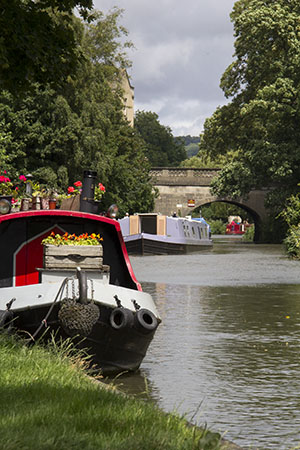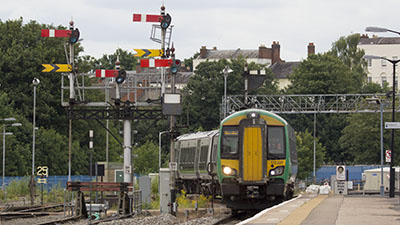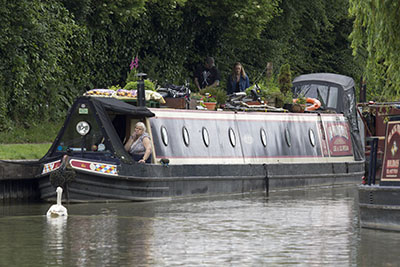It is Sunday morning. This isn’t going to be a sermon – Faith is a 50ft narrowboat, and this week she became all mine. Built in 1979, she is pretty much a classic, and lovingly looked after for the past nine years by her previous owner, Keith and Sonia. And I do mean lovingly looked after – Faith is in superb order, considering her age. I very much sense that Keith, certainly, is quite sorry to see her go, but I think he and Sonia have greater boating plans in mind.

Faith lives at Saul Junction Marina, some eight miles south of the city of Gloucester. Not long ago, I decided a day out was in order, so I caught the bus and headed northwards out of Bristol towards the little village of Whitminster, the closest point along the bus route to Saul Junction. For a bus, it takes half the morning to get there, then there is a mile-and-three-quarters walk to the Gloucester-Sharpness Canal (big and wide, originally built for sea-going coastal vessels to transit from the tidal river Severn to the docks in Gloucester), not far from Frampton-on-Severn. The walk was worth it; Saul Junction (where the former Stroudwater Navigation once crossed the Sharpness) is an idyllic spot, complete with swing bridges and a smashing cafe for a spot of breakfast, lunch or even afternoon tea…perhaps all three if one’s appetite can cope.
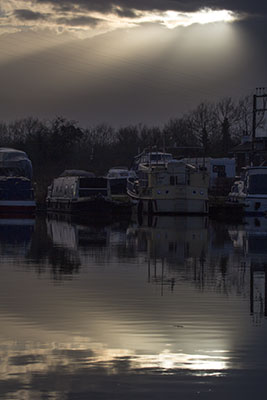
I wandered in, just as a tourist on that day, to the marina office, where I met Cheryl and Bob who run the place, and very briefly (since she was on her day off, and rushing hither-and-thither) Nicki, who keeps a tight reign on the boat brokerage. They all looked at me a bit sideways at first – after all I was just a strange face casually wandering around – but after not many minutes, the welcome that has come to epitomise the Saul Junction community for me shone brightly through. The threat to one day spend my retirement years afloat has been there for a while, as you might be aware, dear reader, but on this Friday in question I felt hooked – Saul Junction felt like a perfect spot for me.
The weeks rolled on, and communications with Nicki began in earnest. “I’ve got a real gem of a boat coming onto the market soon,” she beamed. “She’s a mid-engine…would you consider a mid-engine?” Frankly, the answer to that was an immediate “yes” – mid-engine boats typically feature the classic-type diesel power units… dub-dub-dub-dub… associated with boats, perhaps, in the early part of the last century, rather than the modern high-revving engines built today. A visit was duly arranged, and that’s how I came to meet Faith.
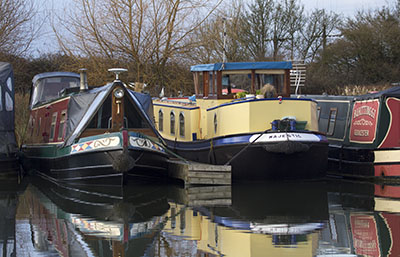
Commentators about canal life will often advise to spend much time looking at many boats, but almost universally they will tell you that you will know which boat is to be “yours” almost the moment you set foot on her for the first time. So it was with Faith. I loved her.
Nevertheless, Faith was not cheap, and at the asking price, my budget was going to be severely, perhaps even fatally, stretched. Then came a phone call from Nicki one Saturday afternoon – it was one of those massive moments in life, when one instinctively knows that something just has to be. Nicki’s words, in so many words – Keith was, beyond everything, wanting Faith to go to someone who would continue to love and cherish her; it was almost as if Faith was choosing me. And so it was that that the die was cast, and the deal took shape, a good deal for me, since the stress on the budget was being smoothed away. I will look after Faith, love and cherish her – she will, after all, be my home, probably now until my final days.

Just yesterday, then, came the massive moment as the keys were handed to me, and Faith became mine. I spent my first night on-board, and rising on a lovely, almost spring-like March Sunday morning, on the water for the first time, is something I cannot adequately put into words. So, dear reader, I’ve take a few images, in the hope that the images might do the moment a little more justice.

Thank-you, everyone at Saul Junction, Keith & Sonia, especially, Bob & Cheryl, Nicki, and all the Saul Junction boaters who have universally taken the time to stop and say hello as I have passed by. I feel that an extended family has taken me in as one of their own already – and for that I feel immensely humbled and privileged.
Did I do the right thing in buying narrowboat Faith?
HELL, YEAH!
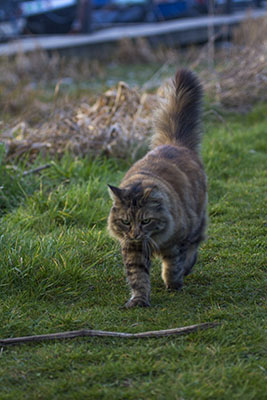

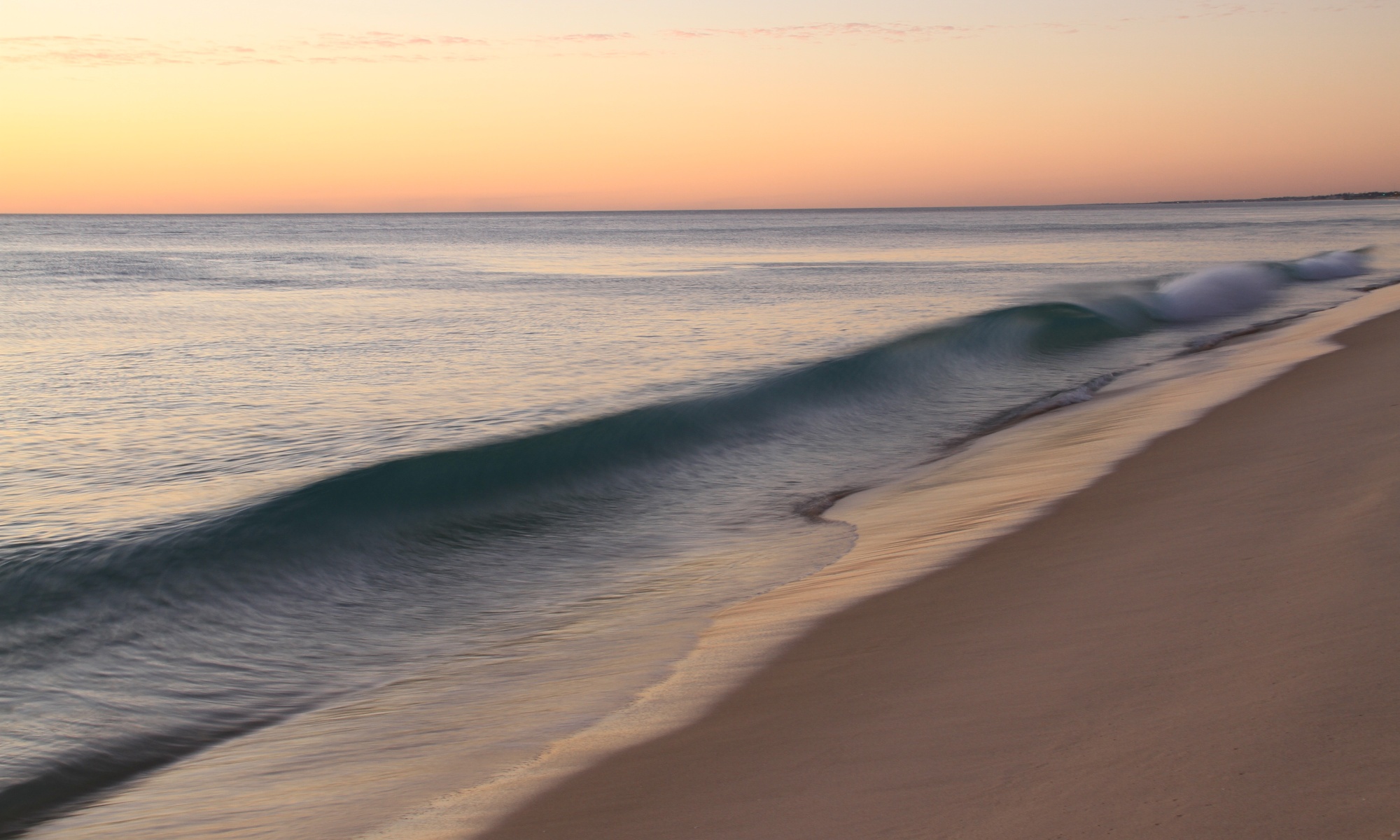
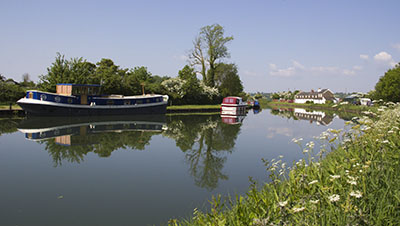







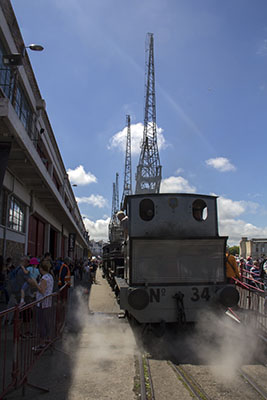


 Here the River Avon flows placidly through the Georgian splendour that now surrounds this Roman spa town, under the Pultney Bridge and over the weir, onward towards Bristol.
Here the River Avon flows placidly through the Georgian splendour that now surrounds this Roman spa town, under the Pultney Bridge and over the weir, onward towards Bristol. The Widcombe Lock Flight and the walk up to the Sydney Marina provides a lovely half hour or so of diversion, and ample opportunity for photography, rich in colour and contrast. no more babble from me about this – I merely present a small collection of photos I shot on my short ramble up the flight today…
The Widcombe Lock Flight and the walk up to the Sydney Marina provides a lovely half hour or so of diversion, and ample opportunity for photography, rich in colour and contrast. no more babble from me about this – I merely present a small collection of photos I shot on my short ramble up the flight today…



